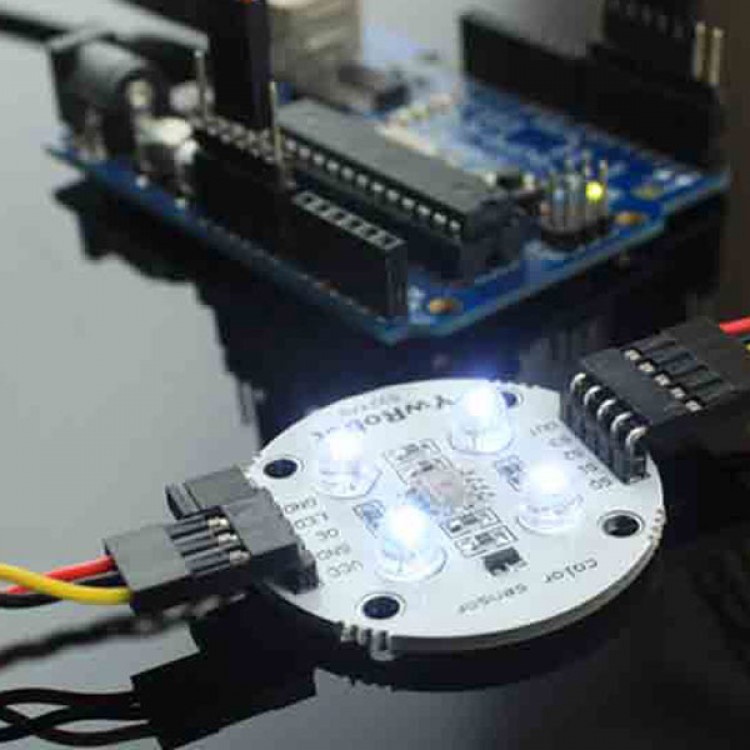
In the average method, it averages the color of each pixel in the cell.
_MysrOGGquS.png)
It helps in projects where there is continuous change between colors. In the dominant method, color detection will find the most dominant color present in each cell. Value range (8-bit value for each color): max 255 and min 0.īelow image shows a 3×3 grid in grayscale color mode.ĭominant or Average.

In the grayscale mode, one value of gray level will be transmitted for Red, Green and Blue components. In the colored mode, each cell will result in three values for Red, Green, and Blue. The image below shows a 3×3 grid setting with 15-bit color settings.Ĭolored or Grayscale. The bit size defines the number of color levels in which any image color will be classified. For e.g., in grayscale mode, set bit size of 1 to classify colors as white or black, and in colored mode, set bit size of 3 to classify a color between 8 colors (because red, green and blue can either be present or not, then there are 8 possible combinations). To easily handle the total number of distinct colors resulted after processing, you can select the resolution by setting the bit size. The video stream will be divided into the grid and each grid cell will result in one color. You can toggle between them with the help of preview icon present above flash icon on your screen. To visualize whether the Smartphone’s camera is positioned correctly, use this feature for toggling between the video stream and colors detected. This module process live video stream and detects colors as per the selected settings. Depending on the type of activities you want to do with your mobile camera the module is further divided into four modules each capable of executing a specific activity. Picture 10) Pin 10 on the display goes to pin 8 on the Arduino.The Camera module allows you to use your mobile camera for different activities like recording videos, capturing images, color detection, and face detection. Also Ground on the arduino is connected to the side rail on the arduino. Picture 9) Pin 9 on the display goes to pin 7 on the Arduino. Picture 8) Pin 8 on the display goes through the 470 ohm resistor to the side rail on the bread board Picture 7) Pin 6 on the display goes to pin 6 on the Arduino. Picture 6) Pin 5 on the display goes to pin 5 on the Arduino. Picture 5) Pin 4 on the display goes to pin 4 on the Arduino. Picture 4) Pin 2 on the display goes to pin 3 on the Arduino.

Picture 3) Pin 1 on the display goes to pin 2 on the Arduino. Hopefully the pictures help explain it better. I wired the pins on the display counter-clockwise starting at the upper-left corner. I used pins 2-8 on my arduino for the display. But if I’m not please ask any questions you have.

This is probably one of the most confusing parts of the project, so I’ll try to be clear. – Wire Strippers Step 2: Wire the 7-Segment LED Display – 470 ohm resistor (Yellow, Violet, Brown) or a similar value for the LED display Have fun, work hard, & play nice! If you have questions please ask them Step 1: The Stuff: Also Conner Cunningham at Make: for doing a remake. Hopefully I can post some soon.Ĭredit goes to Aaron ALAI for the original project. Sorry I don’t have any pictures of it in use. I decided to modify it to use a 7-Segment LED Display! Here’s my project. A while back I saw an EMF (Electromagnetic Field) Detector at that used a led bargraph.


 0 kommentar(er)
0 kommentar(er)
